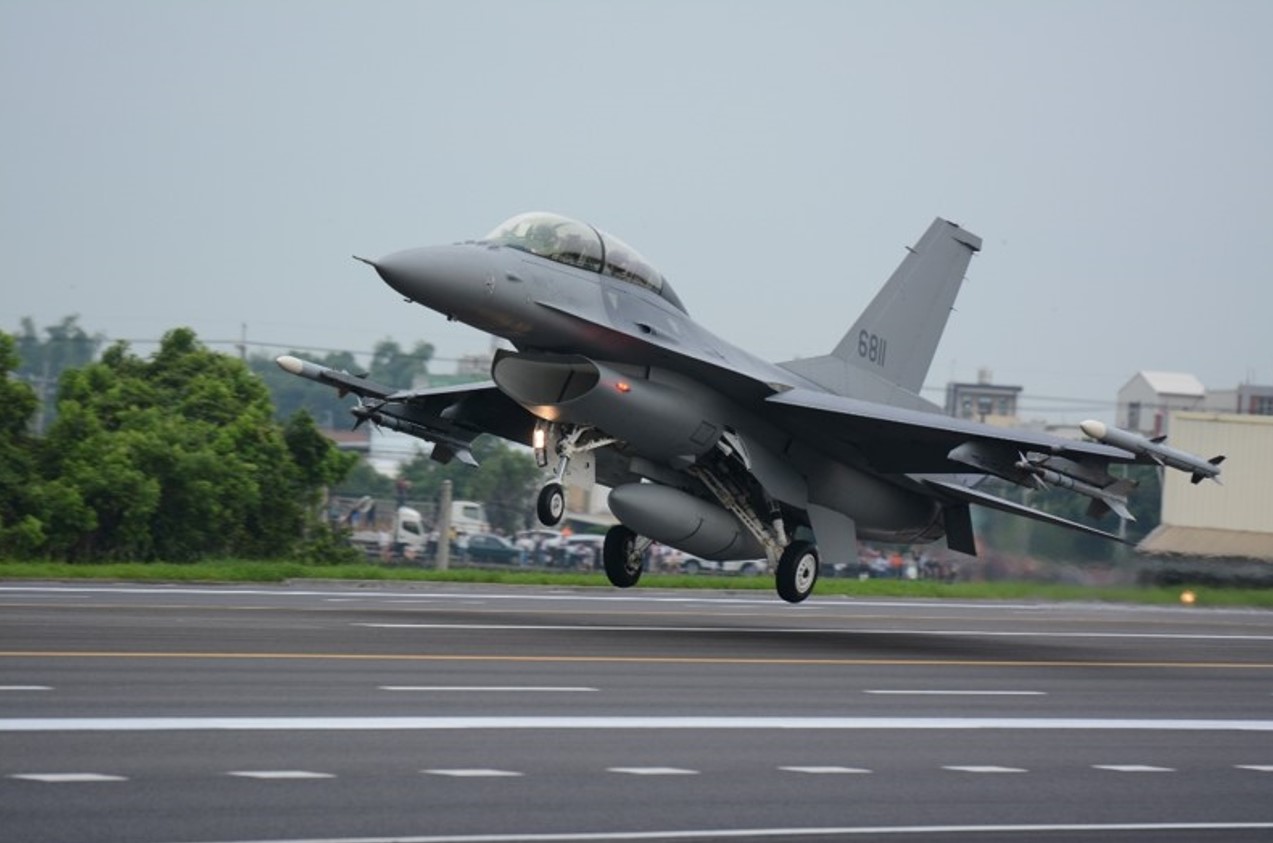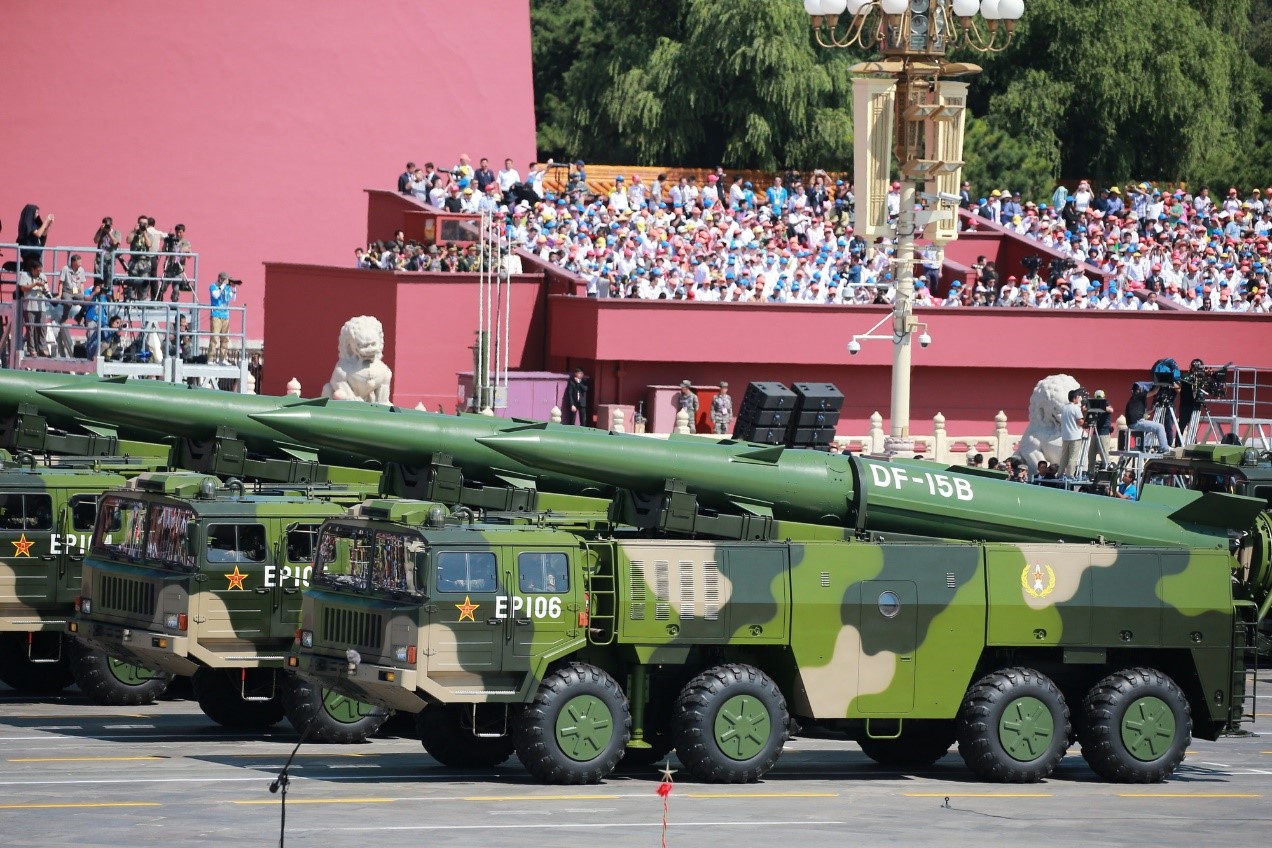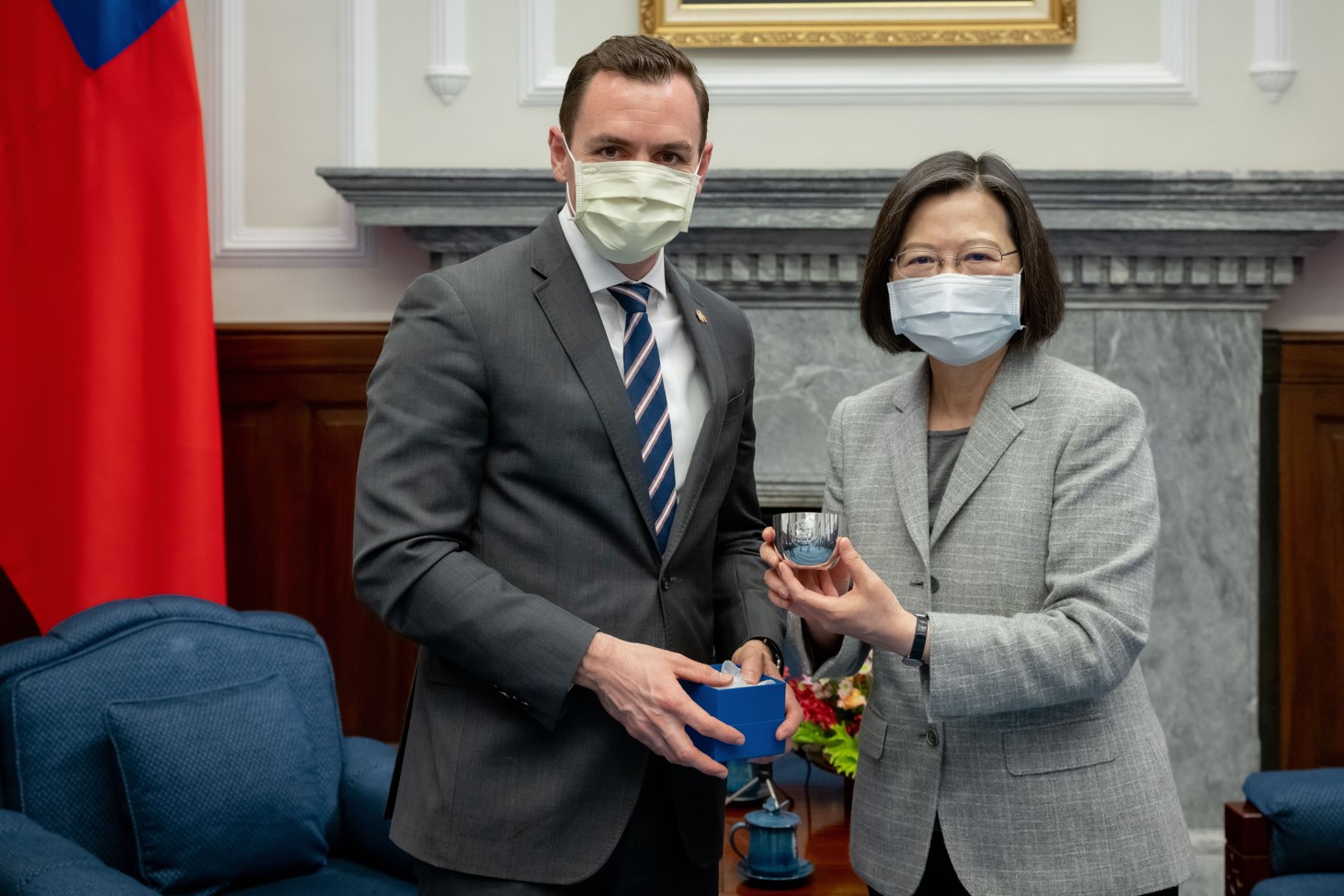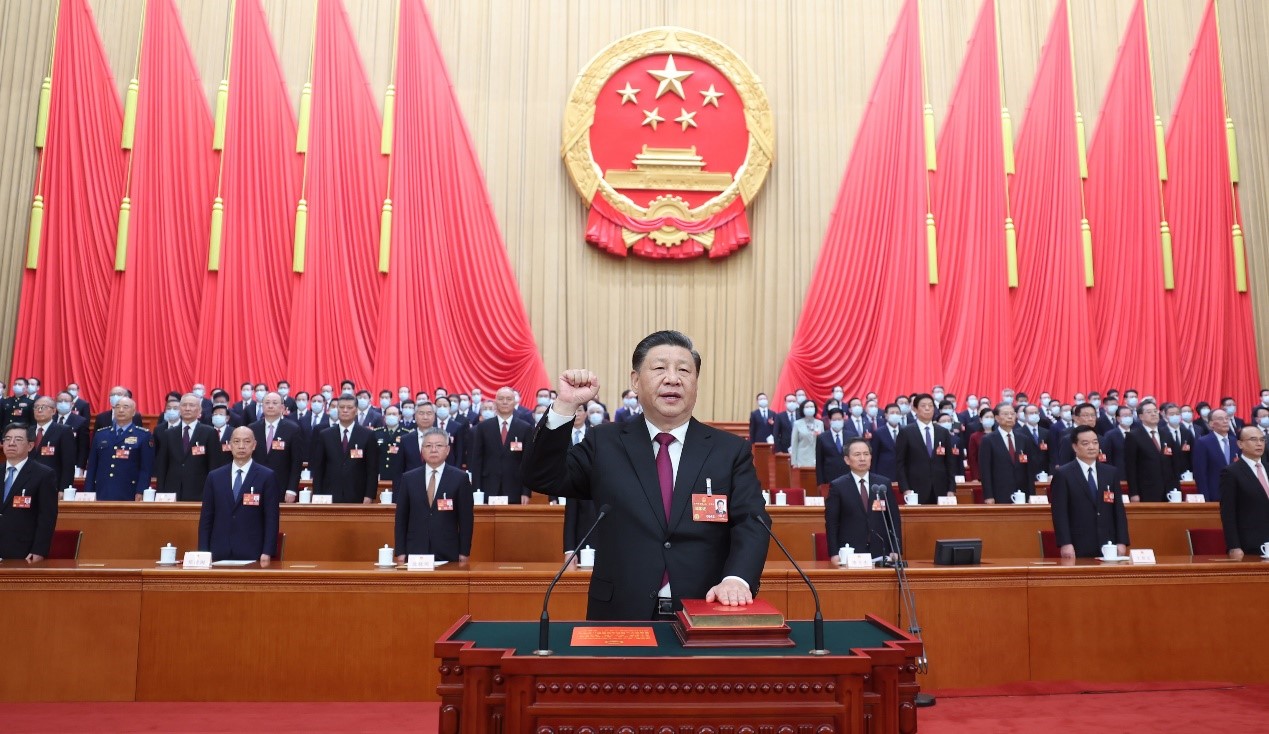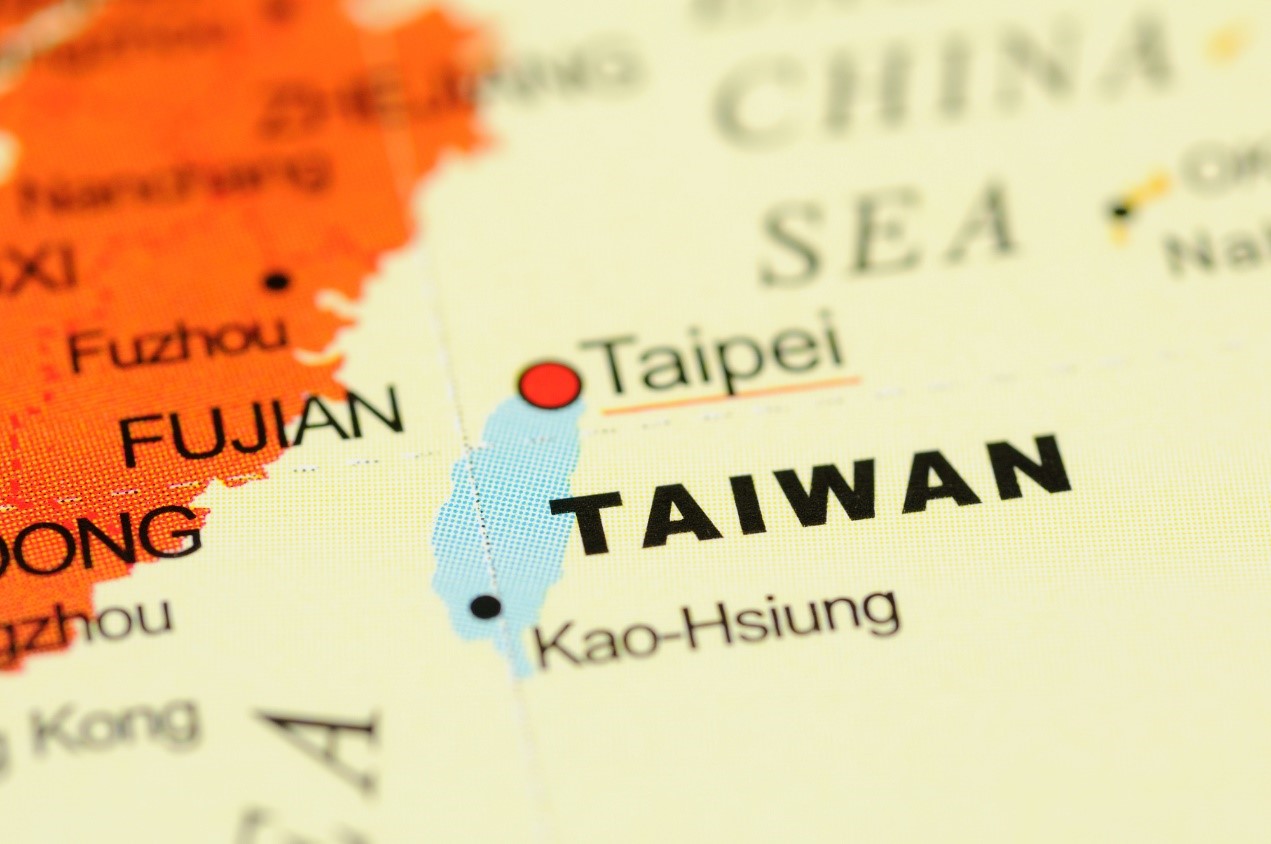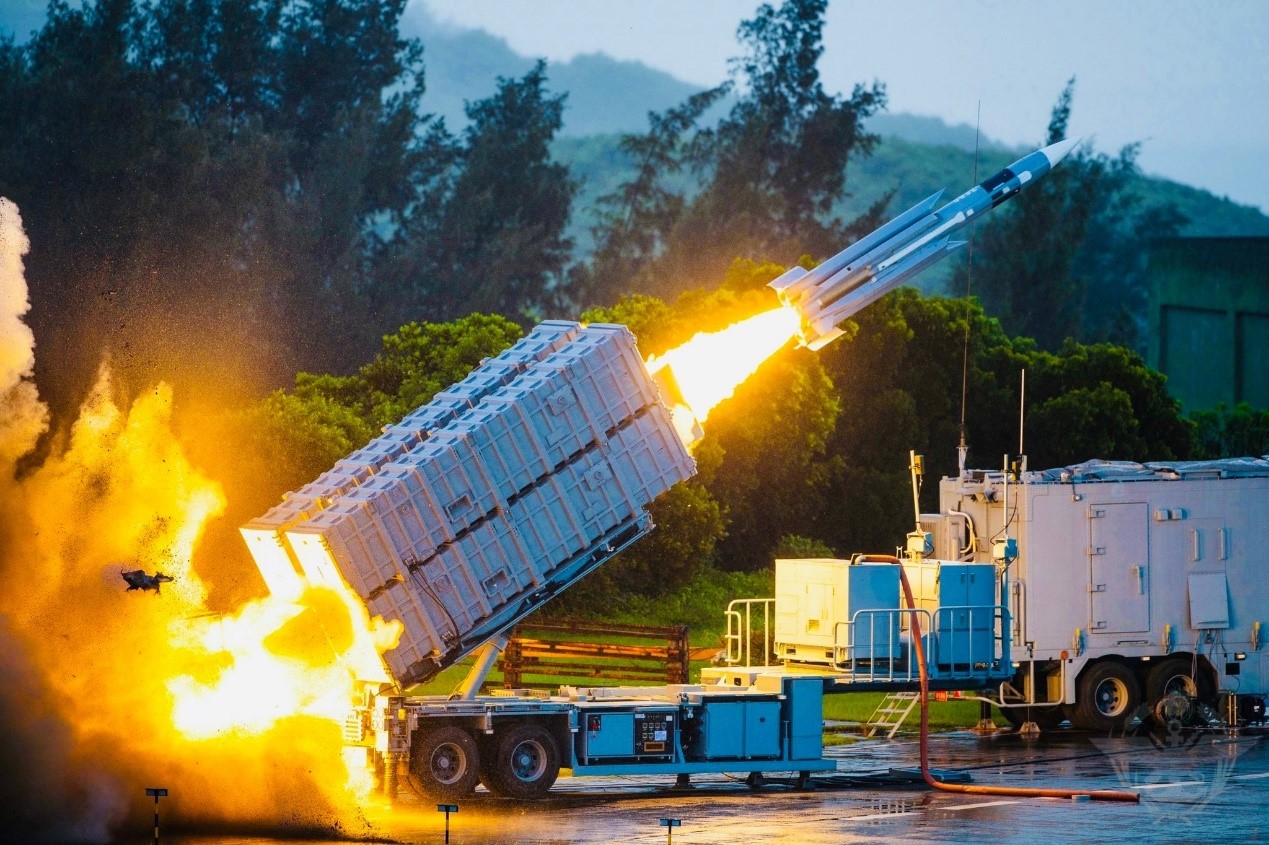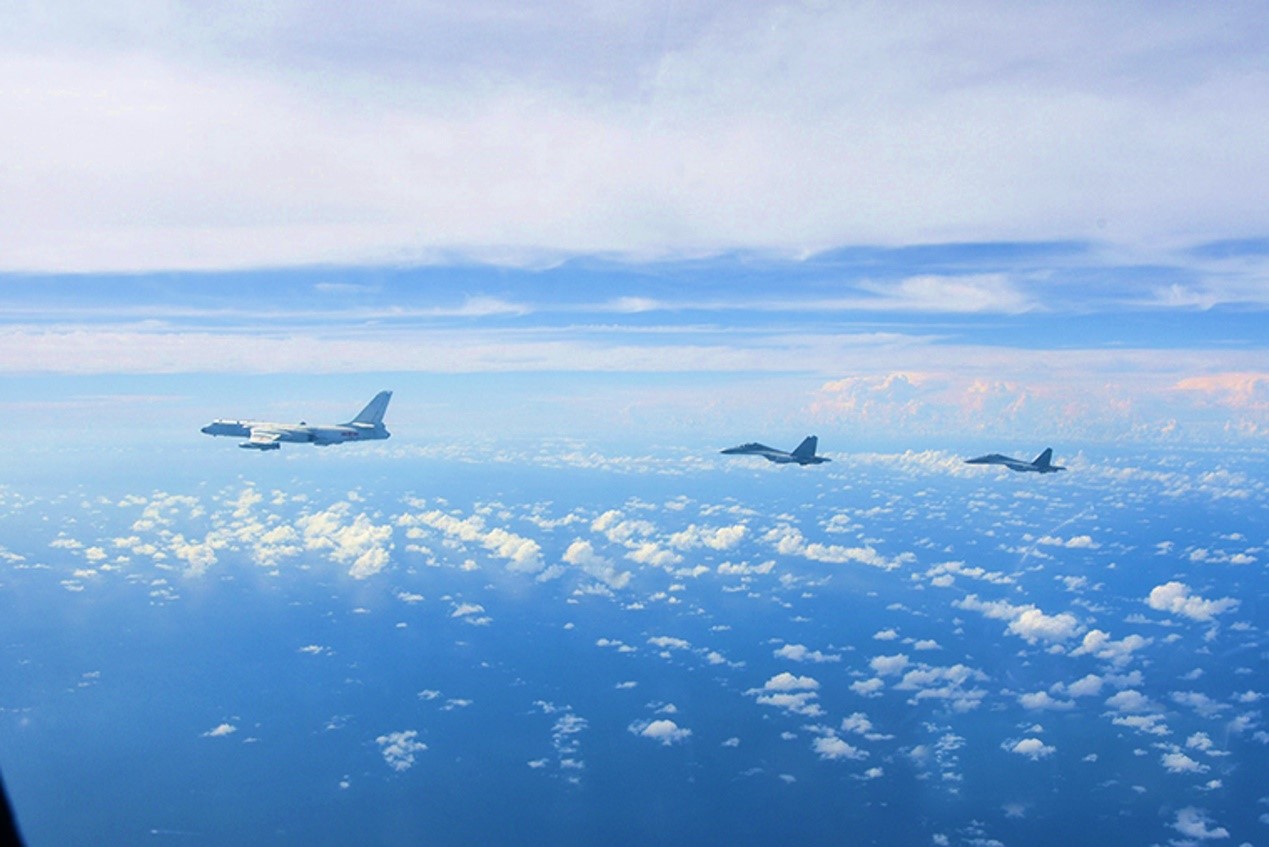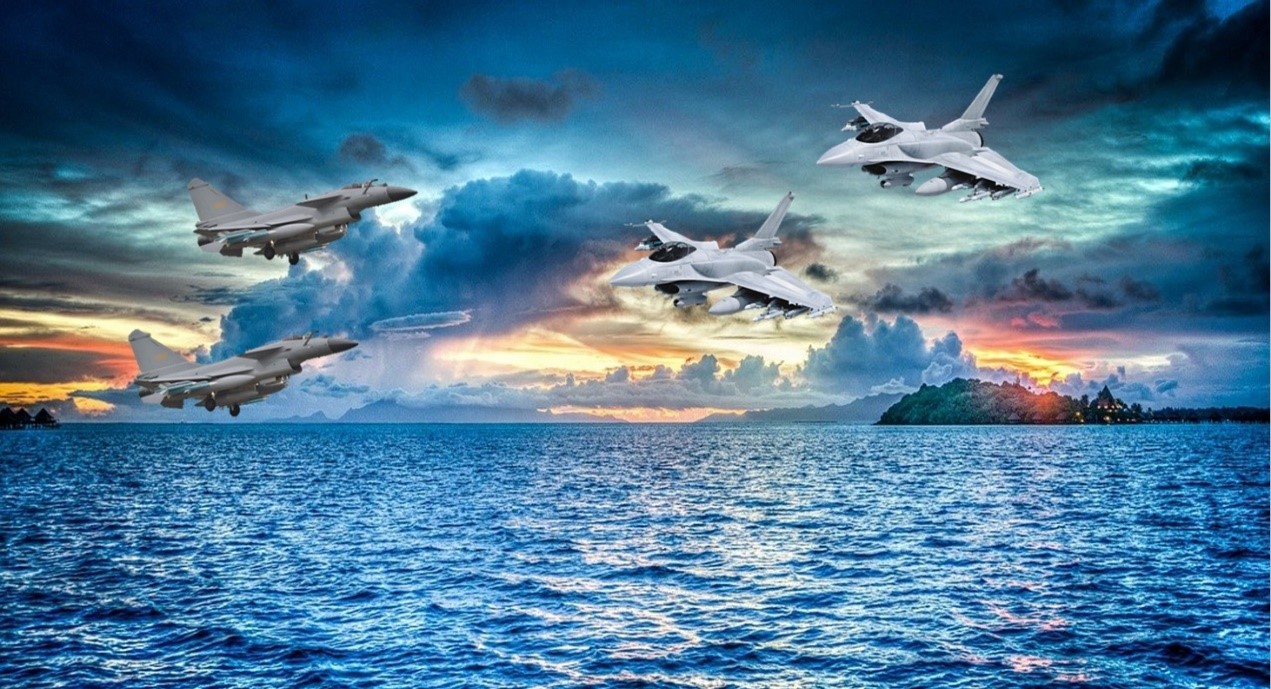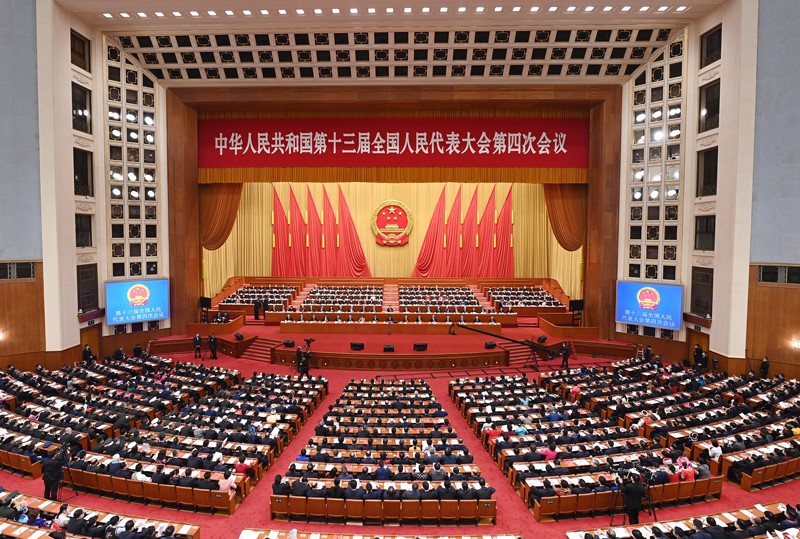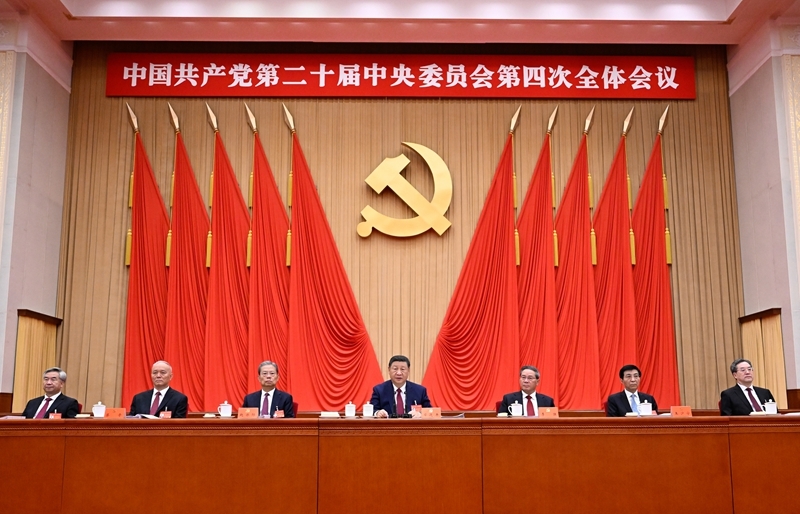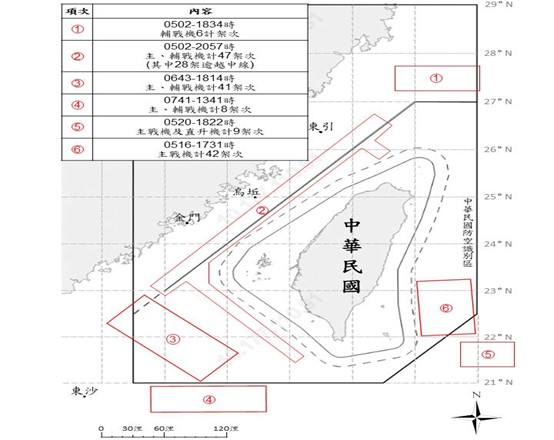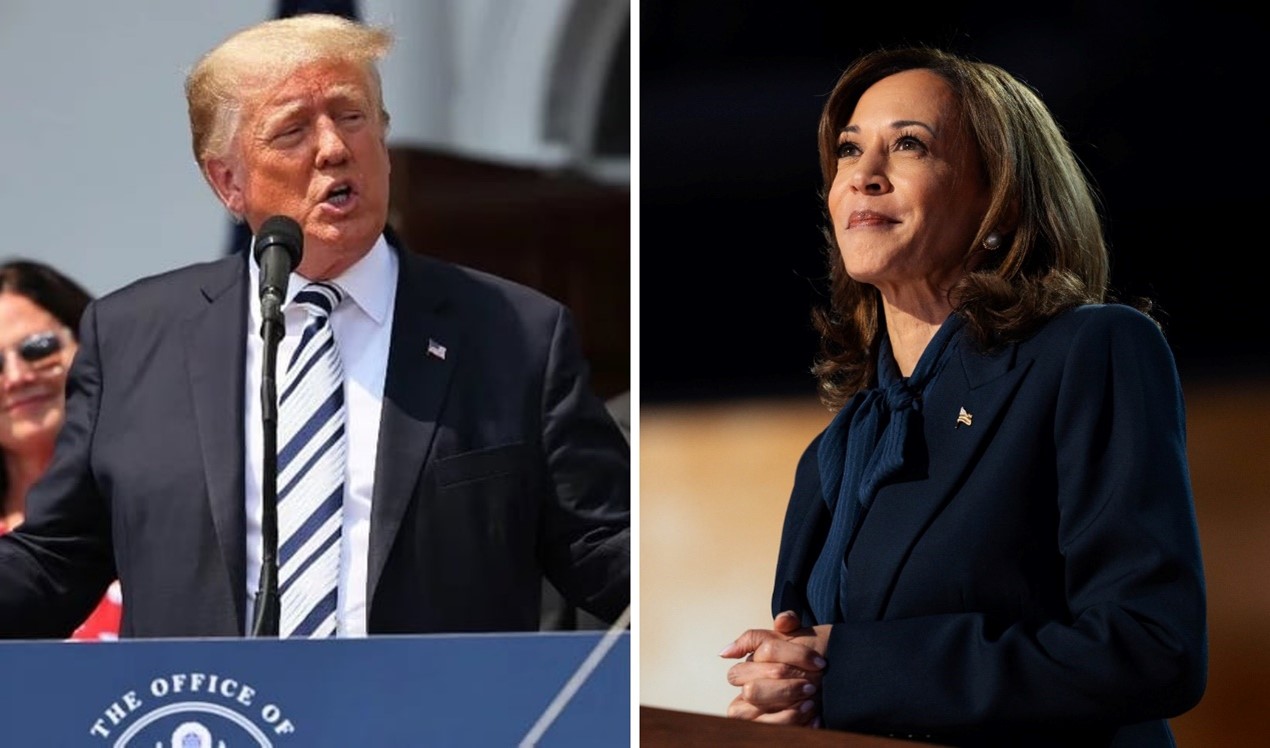Taiwan, the United States and Japan should consider a partial wartime mobilization to both deter and prepare for the Chinese Communist Party’s (CCP) “new normal” for Taiwan. Picture source: Taiwan (ROC) Air Force, April 6, 2022, Taiwan (ROC) Air Force,
Prepare for War to Confront China’s ‘New Normal’ over Taiwan
Prospects & Perspectives No. 55 September 28, 2022
By Richard D. Fisher, Jr.
Taiwan, the United States and Japan should consider a partial wartime mobilization to both deter and prepare for the Chinese Communist Party’s (CCP) “new normal” for Taiwan, which in essence is a continuous and escalating campaign of military pressure and terror that could one day conclude with an invasion for the purpose of eradicating Taiwan’s democratic government and culture.
In CCP usage, the term “new normal” connotes a spectrum of lies that benefit the CCP, constructed largely for foreign consumption. In late 2014, the newly installed Xi Jinping began explaining his “new normal theory” to divert attention away from declining Chinese economic growth, economic weakness, environmental degradation, and corruption
Since then, redolent of their pervasive usage of propaganda cliches during the Mao Zedong era, this term has become a stock CCP cliché applied to disapprove of American or Taiwanese actions, affirm growing Chinese power in many spheres, justify extreme China-virus lockdowns, and since about August 5, 2022, also to help justify increasing CCP military pressure and terror against Taiwan.
Of course, there is nothing that is “new normal” about the CCP’s intentions for Taiwan. These include reeducation/death camps for democracy supporters and mass uprooting of Taiwanese citizens to populate inhospitable regions of China and to fight the CCP’s future foreign wars.
This is the “old normal” for CCP behavior, just ask the tragically oppressed in Tibet, Xinjiang, and Hong Kong.
In future wars the CCP will also similarly “reprocess” free peoples whom it will “liberate” on Japan’s Ryukyu Island Chain, on the Philippines’ Palawan Island, Mongolia, Indian provinces such as Arunachal Pradesh, and provinces of the Russian Far East.
However, in order to begin its accumulation of political-economic-military influence to achieve ambitions for global hegemony in 2040s, the CCP must first conquer Taiwan to eliminate its democratic challenge to the legitimacy of its dictatorship, and to turn the island-nation into a vast missile-air-naval-marine base for global power projection.
The CCP’s military coercive challenge to Taiwan began accelerating around 2017 with the beginning of regular People’s Liberation Army (PLA) intrusions into Taiwan’s Air Defense Identification Zone (ADIZ).
In an interview with Japan’s Nikkei published on September 22, 2022, Taiwan Foreign Minister Joseph Wu revealed that the PLA had made 1,000 incursions into Taiwan’s ADIZ in 2021.
But in what CCP propaganda outlets started calling the “new normal” for Taiwan, the PLA missile-air-naval blockade exercises that began on August 4, ostensibly to protest the visit of U.S. House of Representatives Speaker Nancy Pelosi to Taipei, was in fact merely an excuse to begin exercising recently acquired PLA capabilities that will culminate a real blockade and then an attempted invasion of Taiwan.
Wu also revealed that in August 2022 alone PLA aircraft made 400 violations of Taiwan’s ADIZ, which Taiwan’s military also revealed included over 300 violations of the “median line,” or Davis Line, in the Taiwan Strait. This, along with close-in PLA Navy warship operations, created a “new normal” of constant PLA operations that constrict Taiwan and continually threaten its air and sea lines of communication.
The PLA’s August 4 firing of up to 11 missiles into zones around Taiwan, five into Japan’s economic zone, were also part of the “new normal” that will see increasing kinetic actions like the firing of more land attack ballistic and cruise missiles, and anti-ship ballistic and cruise missiles to sink floating targets on the east and west side of Taiwan.
These will be combined with larger air operations, to include larger H-6K bomber formations, coordinated with multiple aircraft carrier battle groups at sea — in turn coordinated with larger amphibious assault exercises utilizing higher numbers of large civilian ferries and barges.
But a decision by Xi to attempt a real blockade and subsequent invasion most likely will follow a fundamental shift in power between China and the United States, when the PLA reaches a point of decisive superiority in nuclear weapons.
While President Biden in 2021 committed to maintain until 2026 the 2010 New START nuclear agreement with Russia that will limit the U.S. to 1,550 deployed nuclear warheads, the PLA has since 2020 been in a breakout buildup of nuclear missiles described as “breathtaking” by U.S. Strategic Command Commander Admiral Charles Richard.
This analyst estimates that the PLA could deploy 4,000 to 5,000 strategic nuclear warheads by the early 2030s, and will have a force of over 4,000 theater range ballistic and cruise missiles, many of which could be armed with tactical nuclear warheads.
Also, for a decade China and Russia have increased strategic nuclear defense cooperation which strongly suggests they will also engage in offensive nuclear cooperation. This means it is possible they will threaten a massive nuclear first strike to coerce the U.S. president to forgo committing U.S. forces to defend Taiwan.
With Russia regularly employing nuclear threats, to include Russian President Vladimir Putin’s September 21 threat to employ nuclear weapons to revive his failing campaign to conquer Ukraine, it should be expected that the CCP also will start making stronger nuclear threats against the U.S. as its nuclear arsenal accumulates.
An actual Russian employment of new “micro” sub-kiloton nuclear artillery shells in Ukraine could also prompt the CCP to “demonstrate” its tactical nuclear weapons near Taiwan as part of expanded missile, air, and naval blockade/coercion exercises.
Such prospects, unfortunately, loudly proclaim that Russia and China are on the path to engaging in multiple wars against the Western democracies, while the United States, Taiwan, and Japan have yet to begin the dramatic shifts in political priorities, public threat awareness, and sustained resource reallocations required to deter and win multiple wars.
Taiwan’s recent announcement of a 13 percent increase in defense spending for 2023, along with specific allocations for “asymmetric” weapons goals favored by the Biden administration, such as increasing ammunition stocks and beginning to rebuild and expand reserve forces, is commendable. But Finland, with a smaller population, will increase its military spending by 20 percent.
According to reports, Taiwan wants to expand its purchase of 300 kilometer range U.S. Army Tactical Missile Systems (ATACMS) ballistic missiles from 64 to 84. There are also reports Taiwan would like the 950 kilometer range Joint Air-To-Surface Standoff Missile Extended Range (JASSM-ER) stealthy air launched cruise missile.
As open reports indicate the U.S. has built about 3,000 ATACMS and nearly 4,000 JASSM missiles, Washington should simply make an emergency airlift of hundreds of these missiles to Taiwan.
Transferring to Taiwan 100 Long Range Anti-Ship Missiles, a self-guided anti-ship version of the JASSM-ER, would allow Taiwan to sink PLA Navy ships in bases near Shanghai, likely deterring a blockade.
In addition, the U.S. should commit now to selling Taiwan early production 500 kilometer range Precision Strike (PrSM) ballistic missiles, and its anti-ship capable and 800 and 1,000 kilometer range versions as soon as they are available.
For its part, Taiwan’s attention to rebuilding its reserve forces is commendable and its efforts should be doubled or tripled. As is the practice in Switzerland, Taiwan should consider distributing up to 200,000 excess army rifles to families organized into militia units, with ammunition in controlled locations, to speed counter-invasion mobilization.
But the Biden administration must correct its most serious failure of leadership to date, its failure to respond to China’s nuclear buildup toward nuclear superiority, which undermines global extended U.S. military deterrence, and tempts the CCP to consider a near term strike against Taiwan.
The U.S. should be replacing warheads reduced under New START, and build up to about 3,000 deployed warheads, committing the resources to double that level of nuclear capability. It also should be rebuilding U.S. theater nuclear forces, starting with a new nuclear-armed submarine launched cruise missile (SLCM-N).
All of this means that the United States and its allies and Taiwan must tell their citizens that global conflict, even nuclear conflict is possible within this decade.
This requires not just greatly increased military spending, but a decisive shift in national priorities emphasizing real preparations for conventional and nuclear war, which are required to convince Xi and Putin that they will lose any larger wars they start.
(Richard D. Fisher, Jr. is a senior fellow with the International Assessment and Strategy Center.)


